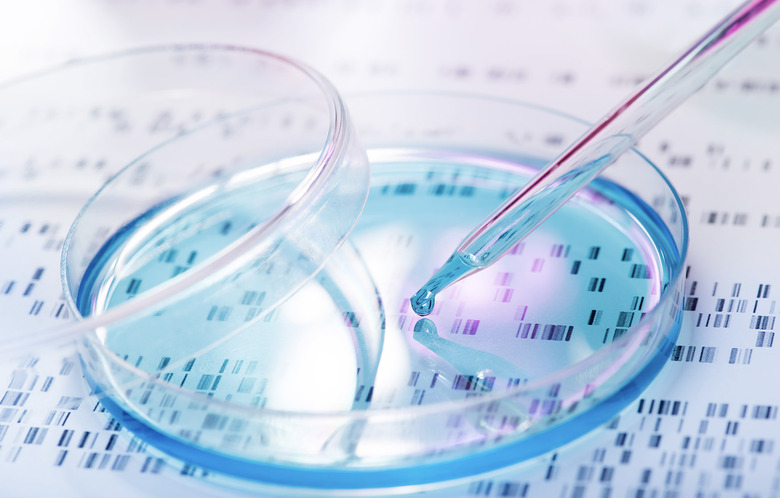This New Tech Is Said To Filter 99% Of 'Forever Chemicals' From Water
Rainwater is quickly becoming unsafe to drink. And as "forever chemicals" — a type of chemical that doesn't break down in the environment — continue to reach "unsafe levels" around the world, scientists and engineers are looking for solutions. Now, a new type of forever chemical treatment could help remove these toxins permanently.
More scientifically known as per- and poly-fluoroalkyl substances (PFAS), forever chemicals are a group of thousands of synthetic chemicals that are used in almost everything that we manufacture. As such, they have a high probability of ending up in our water supply, soil, air, and even in our blood. While they don't actually last forever, the moniker was given to them because of their lack of degradation, and that they are used to widespread.
Research has linked high levels of these chemicals to several health problems, including high blood pressure and reproductive issues, Freethink reports. These links have led scientists to look for ways to purge the forever chemicals from our water supply, and this new tech could offer a permanent treatment.

The treatment was designed by researchers at the University of British Columbia, and it utilizes a silica-based material that can absorb up to 99 percent of the forever chemicals found in water. The PFAS are then removed from the material, which can be used again to remove even more toxins. The potential here is exceptional, allowing us to remove these dangerous chemicals from water completely.
The UBC team plans to test the material's ability to remove forever chemicals more widespread in the coming months. The team expects the tests to take around six months to complete. But if they are successful, they'll provide a strong forever chemical treatment that is very much needed to keep these toxins from getting even more out of hand.
Combined with other treatment options, like a magnetic solution that removes PFAS chemicals, we could soon be on our way to tackling this seemingly impossible issue soon. A study on the new process is featured in the journal Chemosphere.
